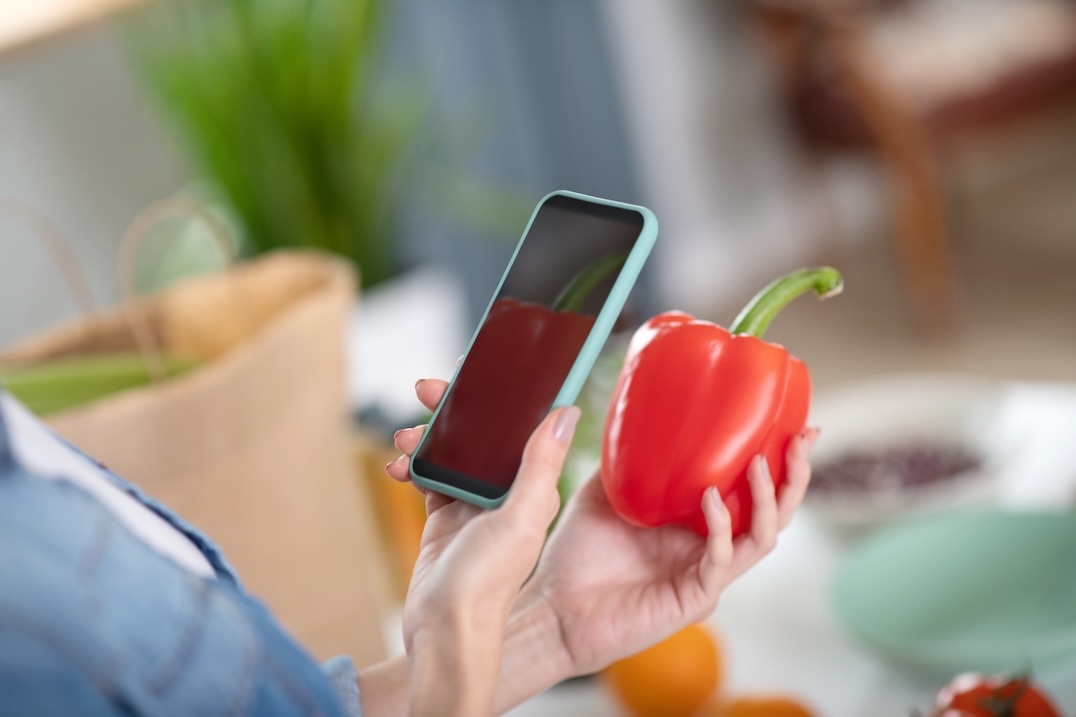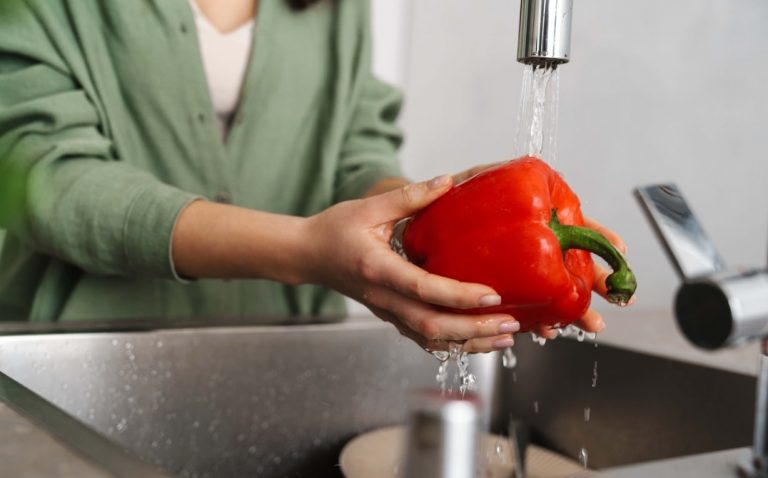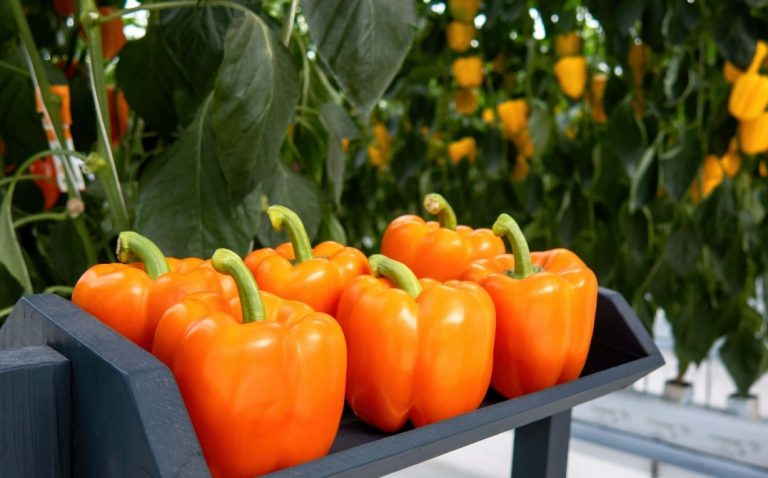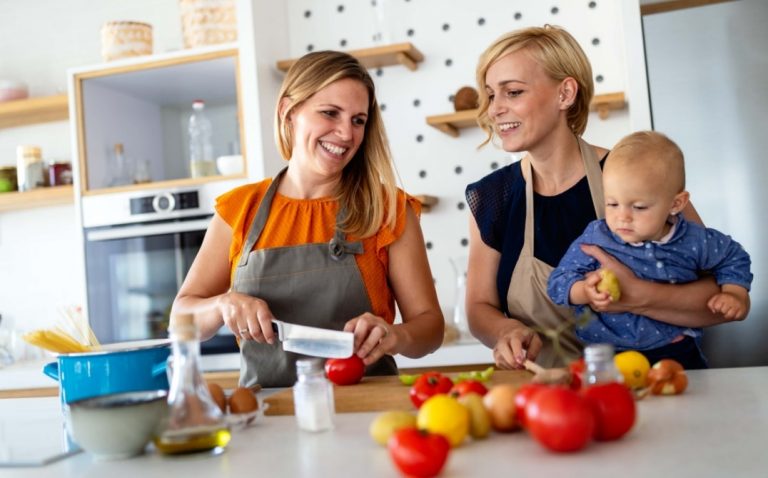As Greenhouse grown vegetables become more popular, grocery stores and brands are using QR codes and smart labels to provide consumers with detailed product information. These codes help shoppers quickly verify if their produce was grown in a Greenhouse, hydroponic system, or sustainable growing. This allows you to make smarter shopping choices by choosing Greenhouse grown tomatoes, peppers and cucumbers.
By scanning QR codes and reading labels, consumers can learn about where their vegetables were grown, inspirational recipes, the growing methods used, and even track freshness and sustainability efforts. This means fully traceable food that you can feel confident in eating. Here’s how to use QR codes and labels to identify Greenhouse grown produce and make informed purchasing decisions.
1. What Are QR Codes on Produce Labels?
QR codes (Quick Response codes) are scannable barcodes found on packaging, stickers, or shelf labels that link to detailed product information online. Many Greenhouses use QR codes to enhance transparency and provide consumers with insights into their growing practices.
What You Can Learn from QR Codes on Greenhouse Produce:
- Greenhouse locations and Greenhouse growing methods.
- Pesticide use and sustainability certifications.
- Picked at their peak date and freshness tracking.
- Nutritional information and best storage practices.
- Recipe Inspiration
Example: Scanning a QR code on a pack of Greenhouse grown tomatoes might show a video tour of the Greenhouse, explaining how the tomatoes were grown using hydroponic technology with 90% less water.
2. How to Scan a QR Code to Check If Produce Is Greenhouse Grown
If you see a QR code on a vegetable package, here’s how to scan it:
Steps to Identify Greenhouse Produce Using QR Codes:
- Open your smartphone’s camera (or a QR code scanner app).
- Point the camera at the QR code on the label.
- Tap the link that appears to access the Greenhouse’s website or product page.
- Check for Greenhouse related terms such as:
- “Grown in a controlled environment.”
- “Hydroponically grown with precision irrigation.”
- “Sustainably grown in an eco-friendly Greenhouse.”
Tip: If a QR code doesn’t mention Greenhouse growing, look for other clues on the label, such as hydroponic certifications or sustainability claims. Greenhouse peppers often come in bunches of three and are red, yellow and orange. Greenhouse tomatoes can come in clamshell packaging, and cucumbers are wrapped in a layer of plastic to protect it from transportation damage.
3. Understanding Labels That Indicate Greenhouse Growing
Even without a QR code, many brands print clear labels that help consumers identify Greenhouse grown produce.
Common Greenhouse Grown Labeling Terms:
- “Greenhouse Grown” – Directly indicates controlled-environment agriculture.
- “Hydroponic” – Shows soilless, water-based growing methods.
- “Sustainably Grown” – Highlights eco-friendly and pesticide-free growing.
- “Grown in a Greenhouse” – Some stores promote close-to-home Greenhouses.
Example: A clamshell container of tomatoes may have a label that says “Grown in a Climate-Controlled Greenhouse” –making it clear that the product is consistent in quality and flavor.
4. Identifying Greenhouse Vegetable Brands by Their Labels and QR Codes
Some of the largest Greenhouses use QR codes and detailed labeling to distinguish their produce.
Top Greenhouse Grown Produce Brands and Their Labeling Practices:
When scanning the QR code on the following brands you will get some information about their Greenhouses and growing practices:
- Nature Fresh Farms
- Sunset Farms
- Great Lakes Greenhouse Inc.
- Topline Farms
- Del Fresco Pure
- Double Diamond Farms
- Pure Flavor
- Red Sun Farms
- Mucci Farms
Tip: If you see one of these brands with a QR code, scanning it can confirm that the vegetables were grown in a Greenhouse.
5. Using QR Codes to Check Sustainability and Carbon Footprint
Many Greenhouses emphasize sustainability and include QR codes that allow consumers to check their carbon footprint and eco-friendly practices.
What QR Codes Reveal About Greenhouse Sustainability:
- Water conservation statistics (e.g., “Uses 90% less water than traditional growing”).
- Reduced pesticide use and cleaner growing methods.
- Carbon emissions saved by reducing long-distance shipping.
Example: Scanning a QR code on Greenhouse grown cucumbers may show how the Greenhouse recycles rainwater and reduces plastic waste in packaging.




